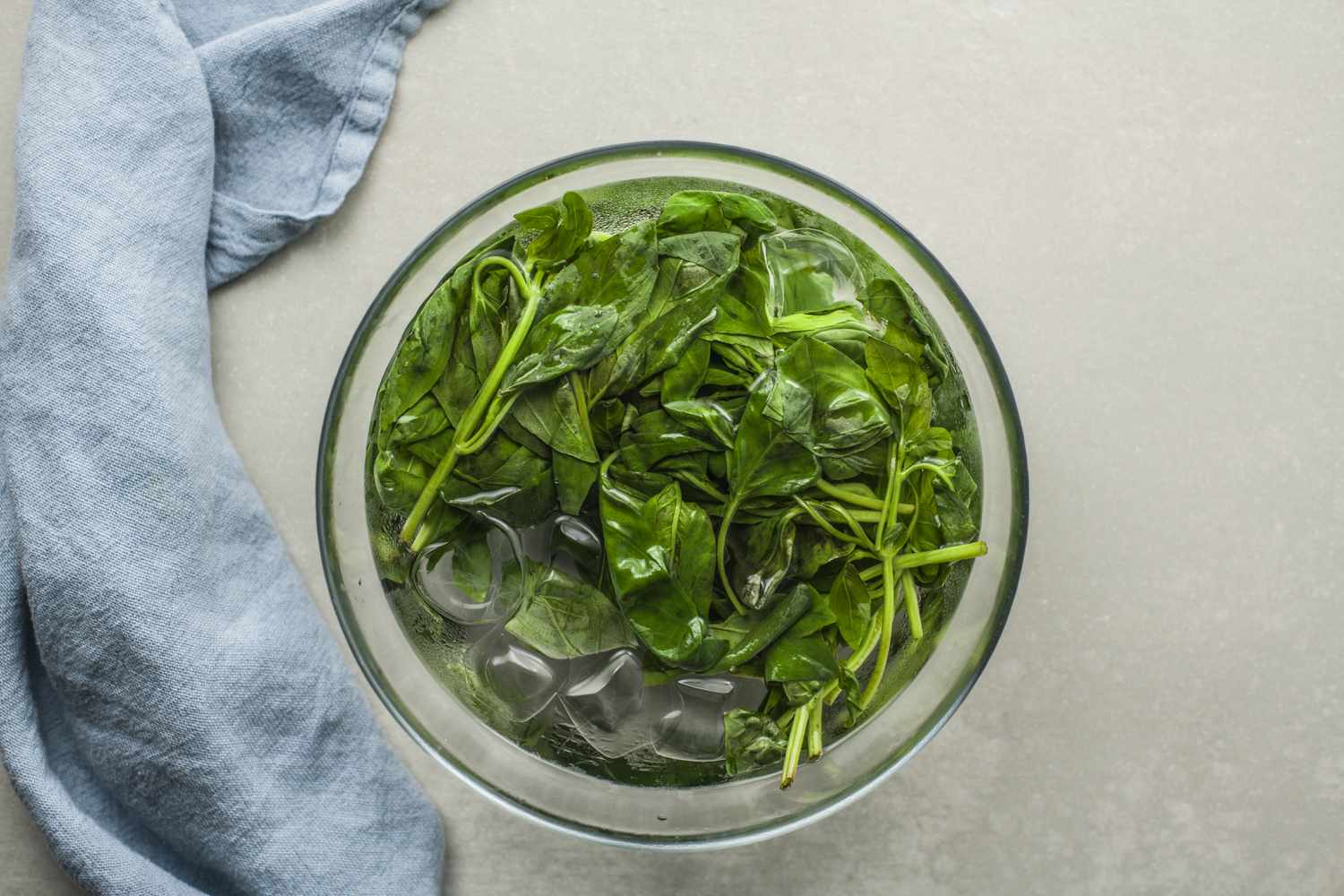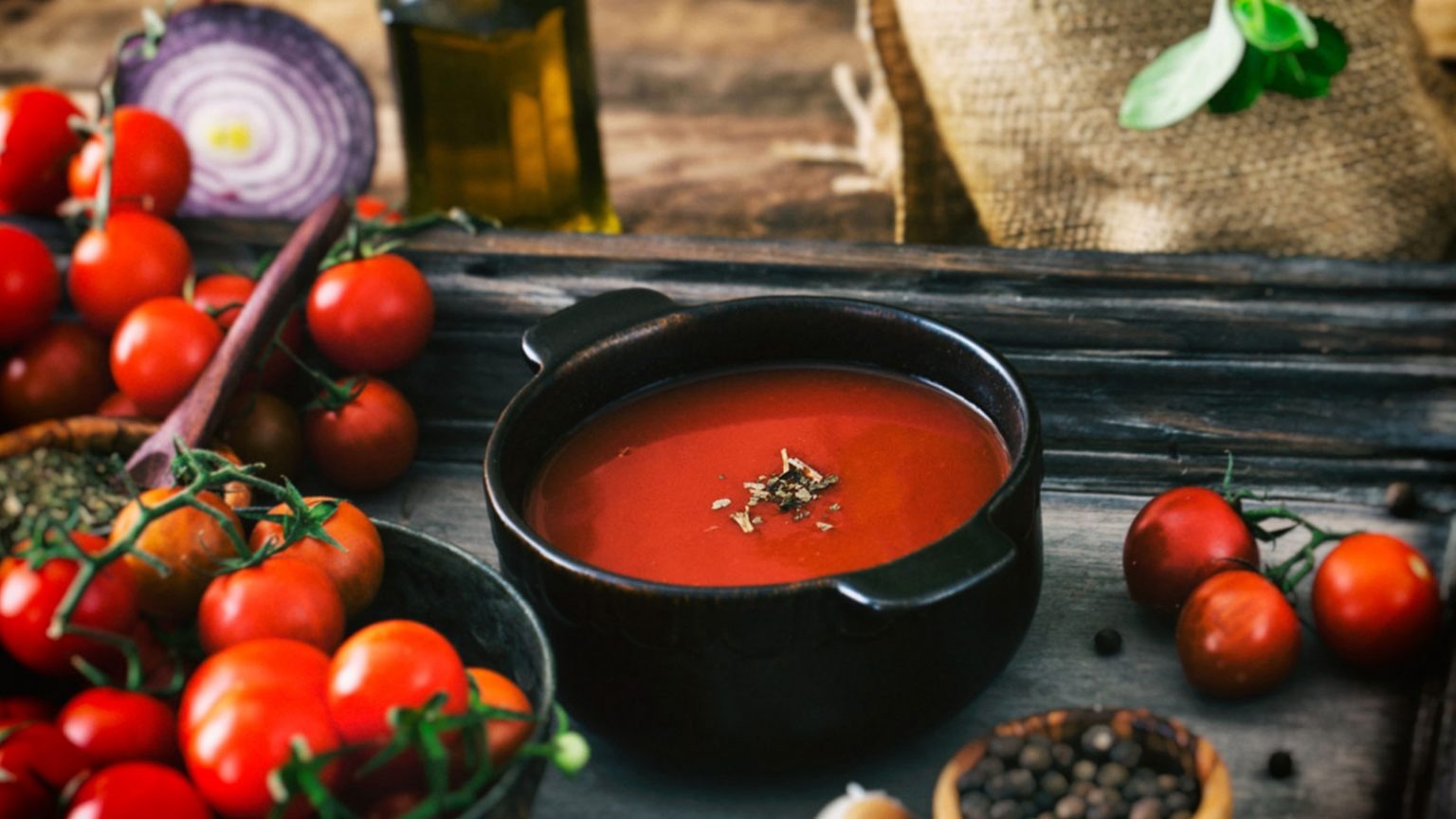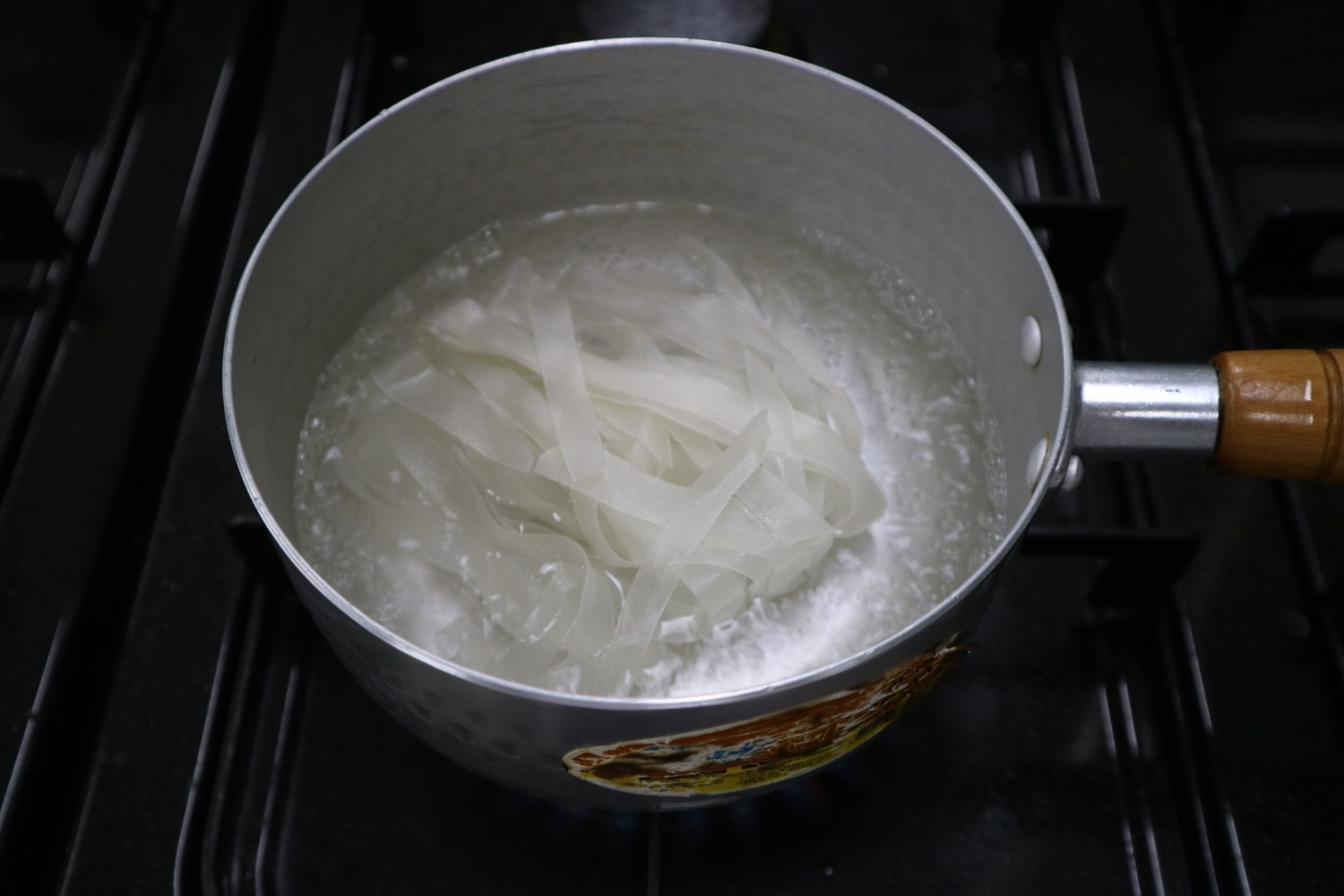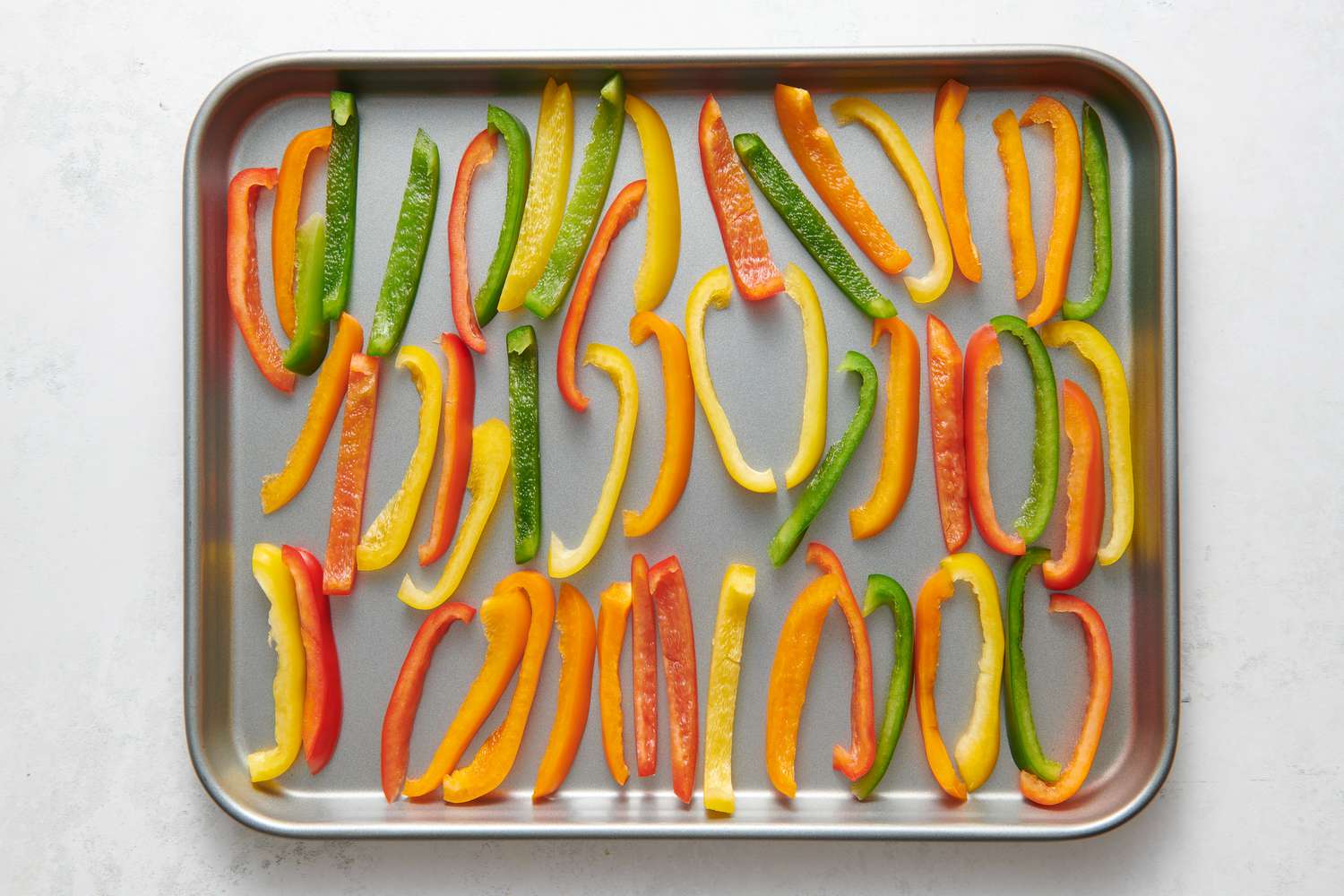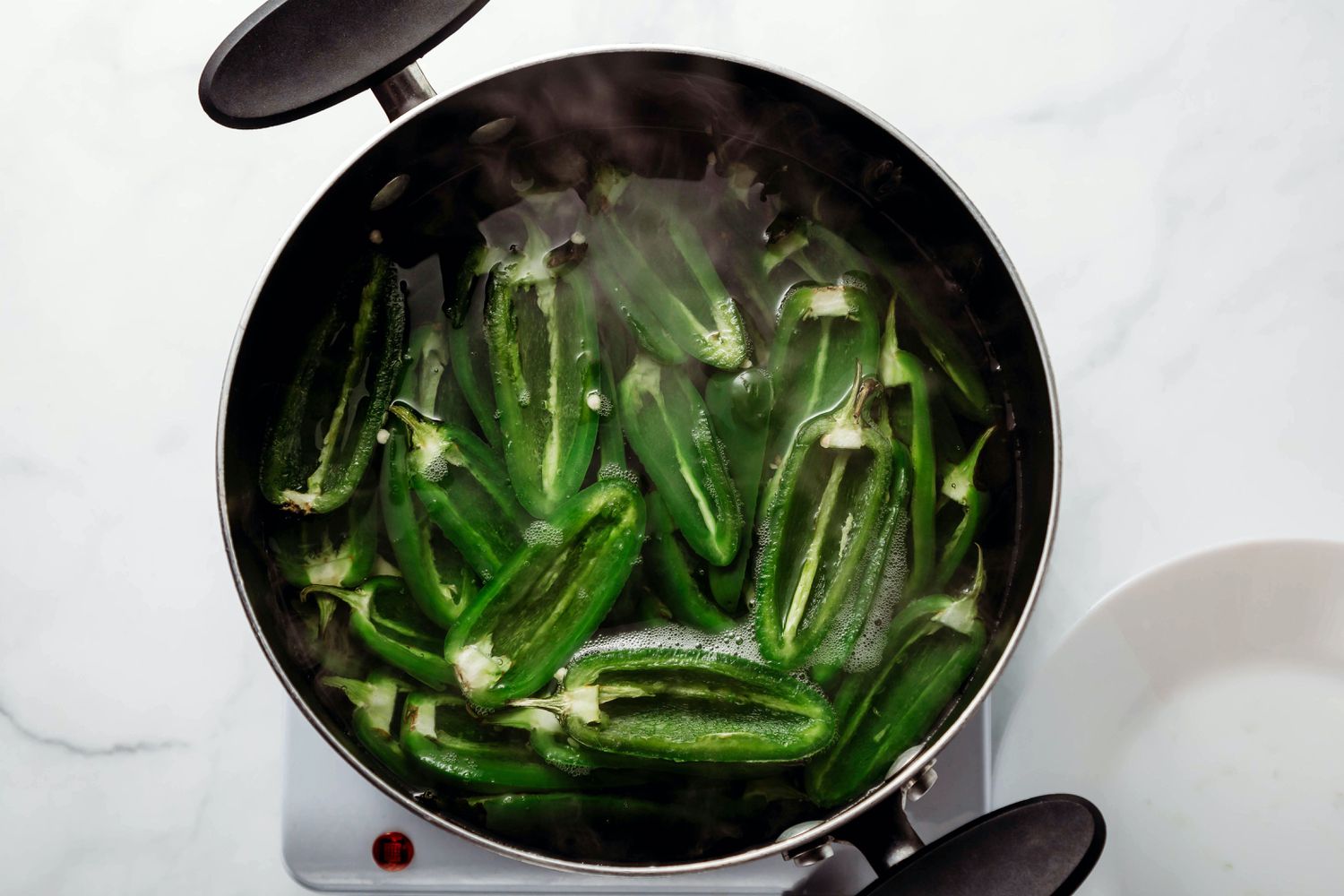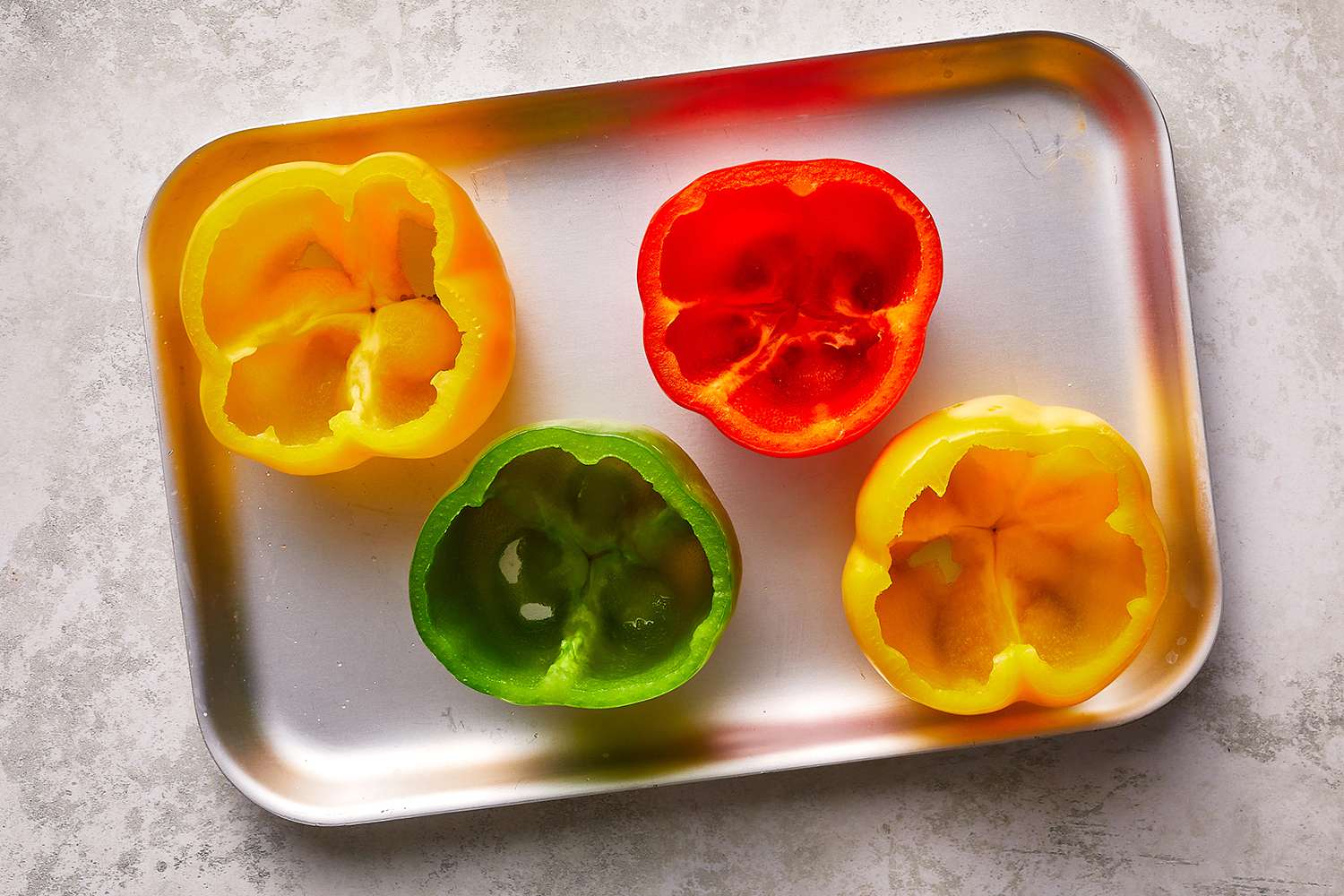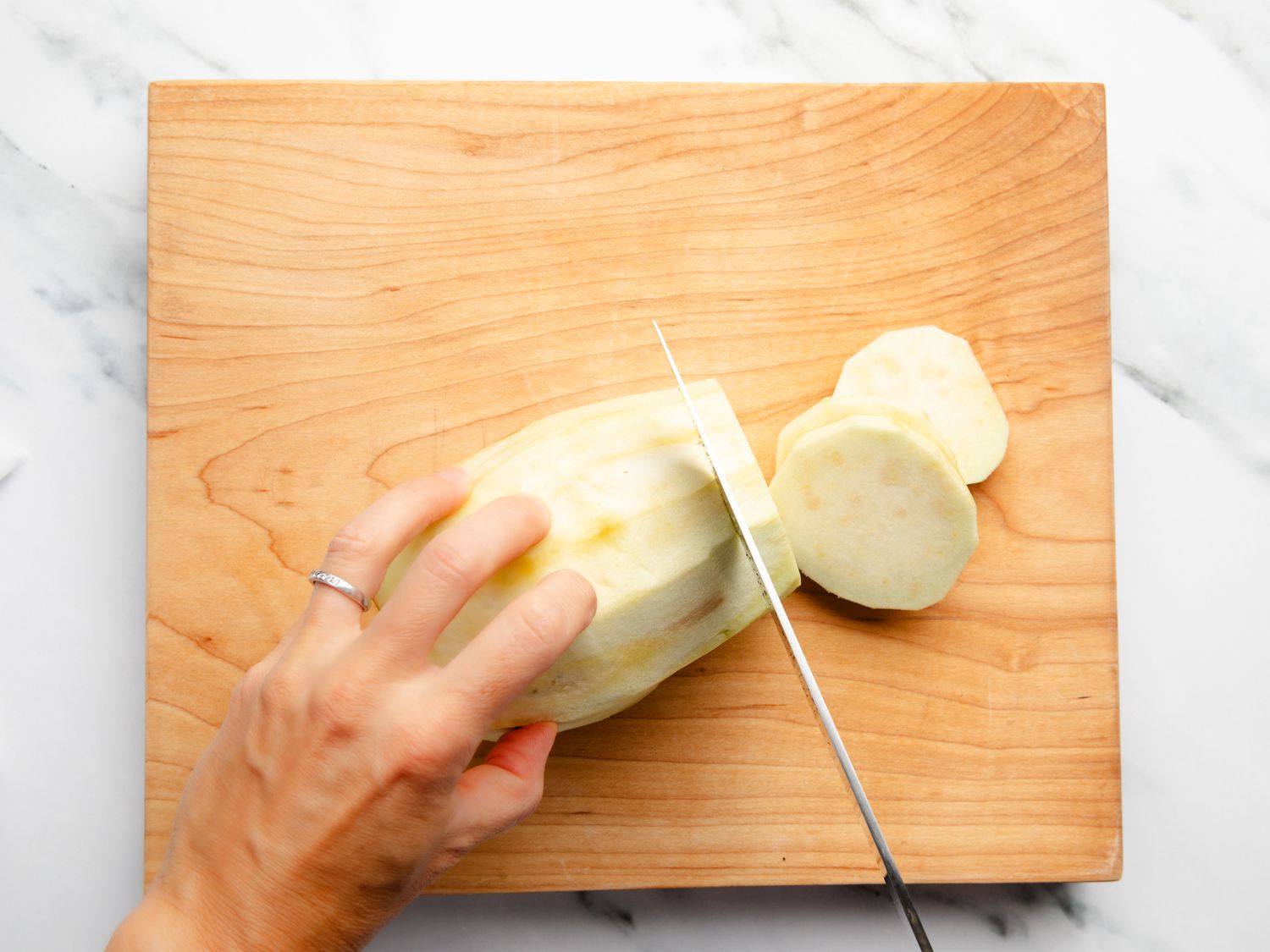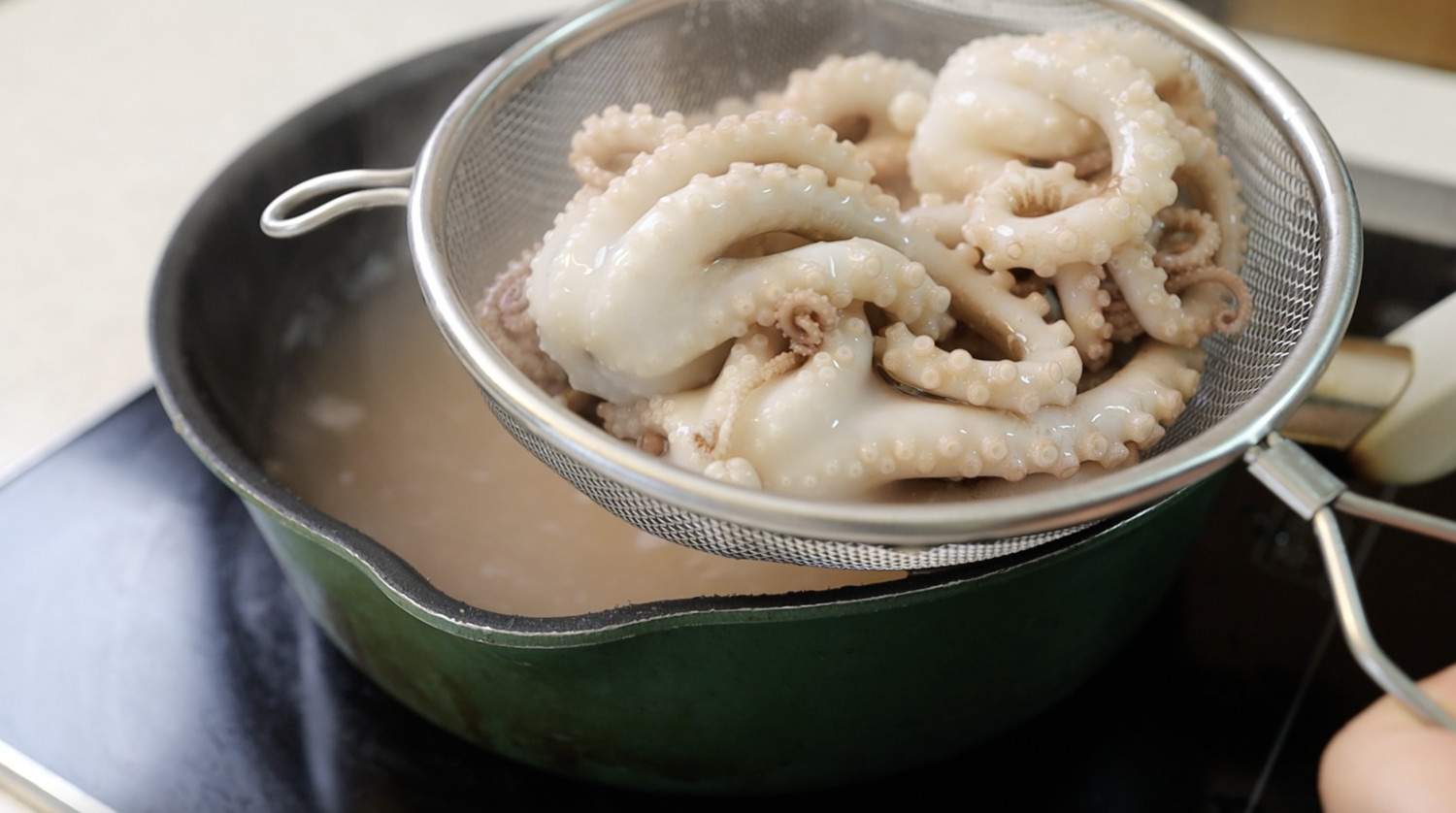Preserving Fresh Basil: A Step-by-Step Guide to Blanching and Freezing
There’s nothing quite like the taste of fresh basil in your favorite dishes. Whether you grow it in your garden or pick it up from the store, you may find yourself with more basil than you can use before it starts to wilt. The good news is that you can preserve that fresh basil by blanching and freezing it. This simple process allows you to enjoy the flavor of basil all year round. Here’s a step-by-step guide on how to blanch and freeze basil:
Step 1: Harvest and Wash the Basil
- Start by harvesting the basil from your garden or selecting fresh bunches from the store.
- Remove any damaged or discolored leaves and give the basil a gentle rinse under cold water to remove any dirt or debris.
Step 2: Blanch the Basil
Blanching is a process that involves briefly submerging the basil in boiling water and then quickly cooling it down. This helps to preserve the color and flavor of the herb.
- Bring a pot of water to a boil.
- While waiting for the water to boil, prepare a bowl of ice water.
- Once the water is boiling, carefully place the basil leaves into the pot.
- Allow the basil to blanch for about 15 seconds.
- Using a slotted spoon, quickly transfer the basil to the bowl of ice water to stop the cooking process.
Step 3: Dry the Basil
After blanching, it’s important to remove excess moisture from the basil before freezing it.
- Gently pat the basil leaves dry with paper towels or use a salad spinner to remove the water.
Step 4: Freezing the Basil
Now that the basil is blanched and dry, it’s time to prepare it for the freezer.
- Arrange the basil leaves in a single layer on a baking sheet.
- Place the baking sheet in the freezer and allow the basil to freeze for a few hours or until it becomes firm.
- Once the basil is frozen, transfer the leaves to a resealable plastic bag or airtight container.
- Be sure to label the container with the date so you can keep track of its freshness.
Enjoying Your Frozen Basil
When you’re ready to use the frozen basil, simply remove the desired amount from the container and add it directly to your recipe. Frozen basil works well in soups, sauces, and other cooked dishes. While the texture may change slightly after freezing, the flavor will remain vibrant, allowing you to savor the taste of summer all year long.
By following these simple steps, you can extend the life of your fresh basil and ensure that you always have this flavorful herb on hand. Blanching and freezing basil is a convenient way to preserve its taste and aroma, making it a valuable addition to your kitchen routine.
Using the blanch and freeze method for basil, readers can try making a variety of dishes that highlight the herb's fresh aroma and flavor. They can start with Homemade Pesto Sauce to preserve the vibrant taste of basil in a classic form. For a cozy meal, Creamy Tomato Basil Soup is perfect, blending creamy tomato goodness with the herb's aromatic notes. Basil and Tomato Bruschetta makes for a delightful appetizer, showcasing the basil in a simple yet flavorful way. For those looking for a more substantial dish, Lemon Basil Risotto offers a refreshing twist with the citrusy zing of lemon and the aromatic essence of basil. Additionally, Basil Infused Olive Oil can be used to drizzle over salads or pasta, adding a burst of fresh flavor. These recipes not only utilize the basil efficiently but also cater to a range of taste preferences, making them a must-try for any basil enthusiast.
